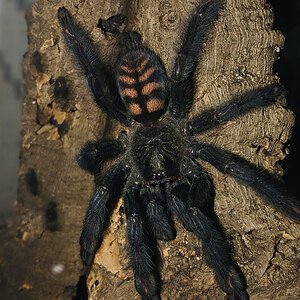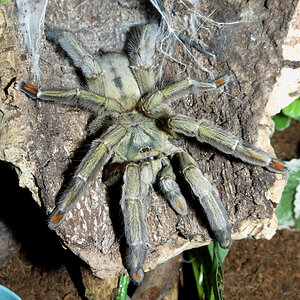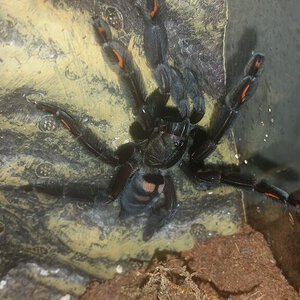Media information
- Category
- Psalmopoeus
- Added by
- justanotherTkeeper
- Date added
- View count
- 672
- Comment count
- 8
- Rating
- 0.00 star(s) 0 ratings
Image metadata
- Device
- Panasonic DC-FZ80
- Aperture
- ƒ/2.8
- Focal length
- 3.6 mm
- Exposure time
- 10/600
- ISO
- 80
- Flash
- Off, did not fire
- Filename
- P1120885.JPG
- File size
- 8.2 MB
- Date taken
- Wed, 28 October 2020 4:21 AM
- Dimensions
- 4896px x 3672px







